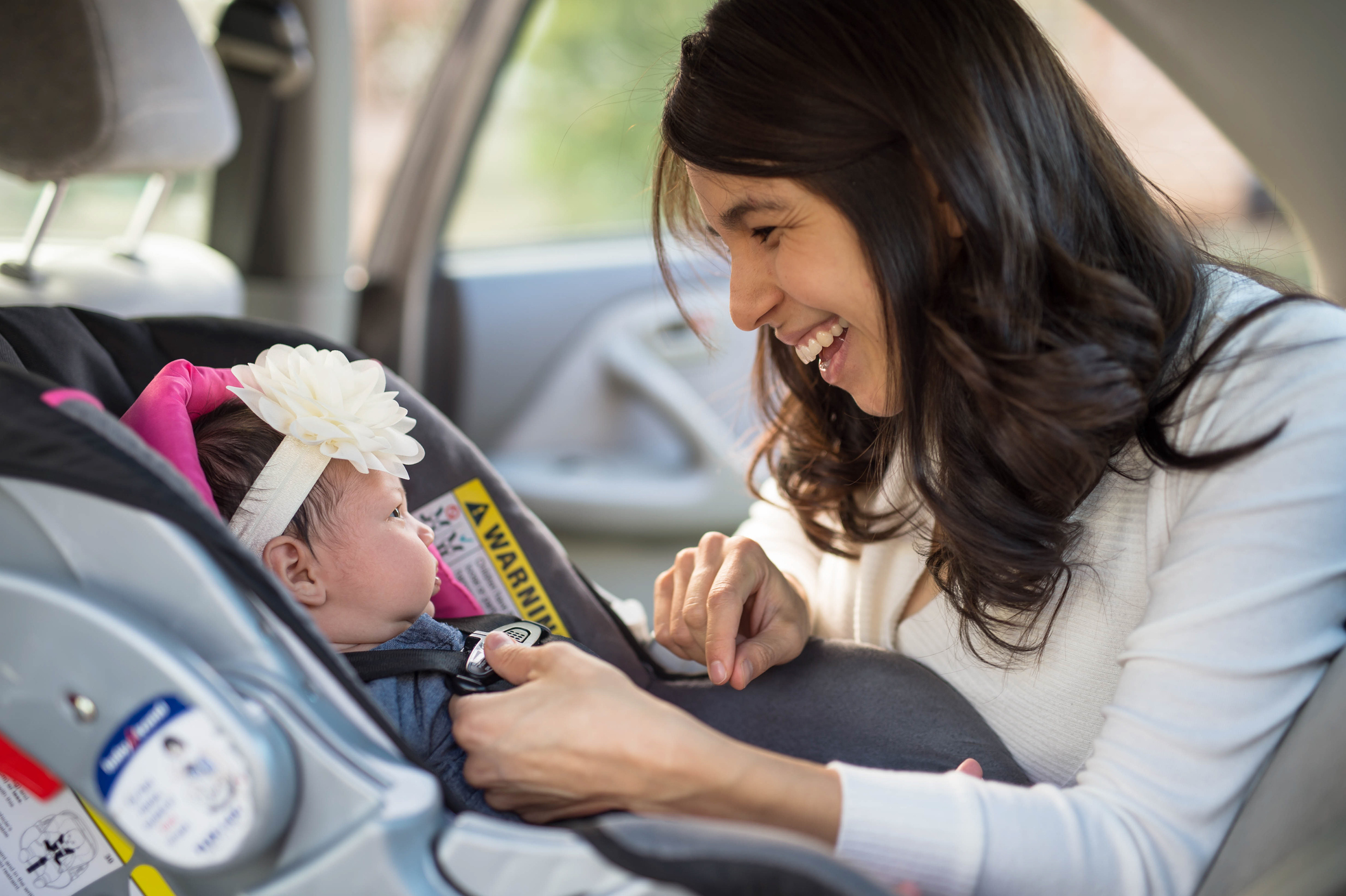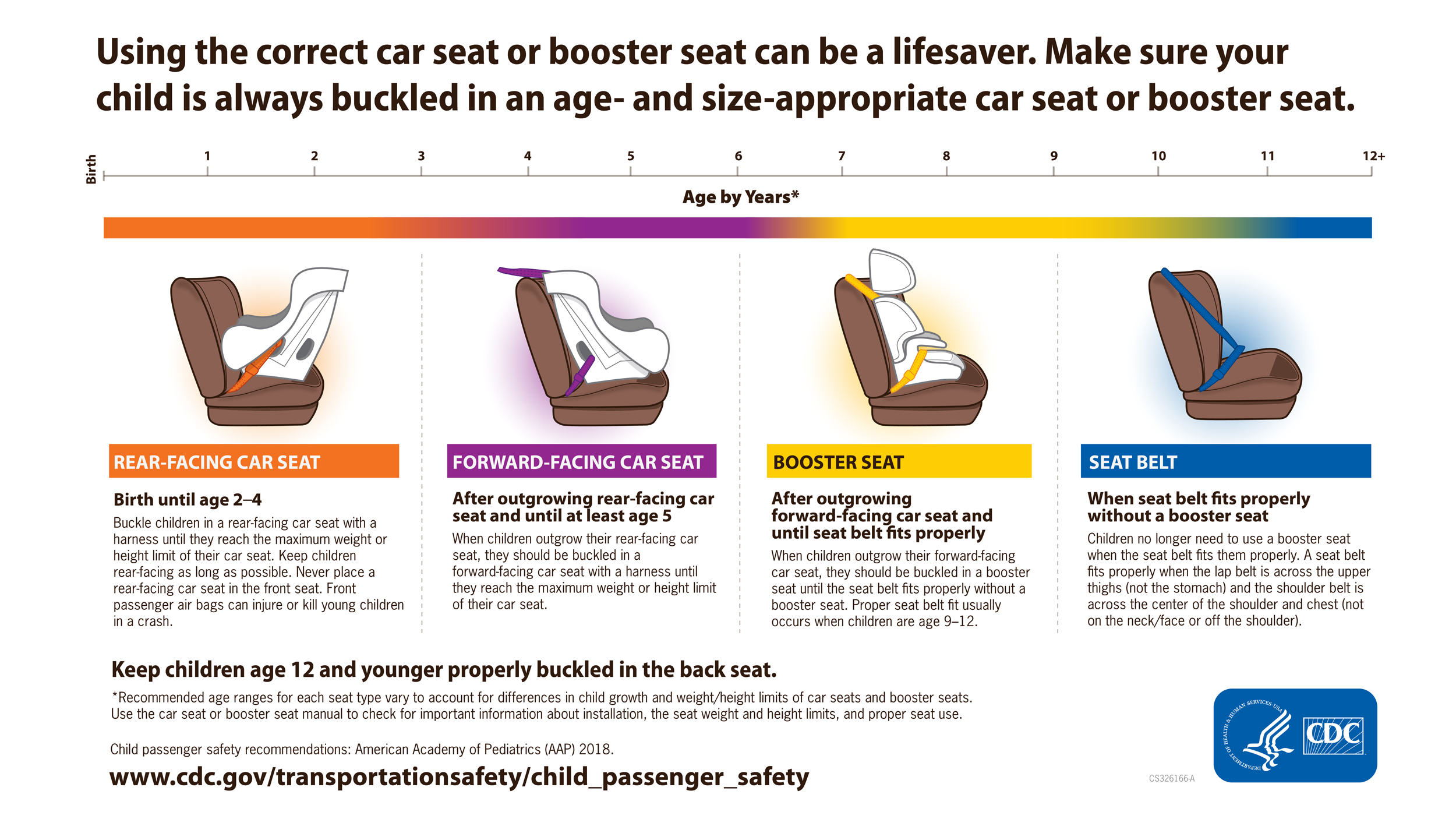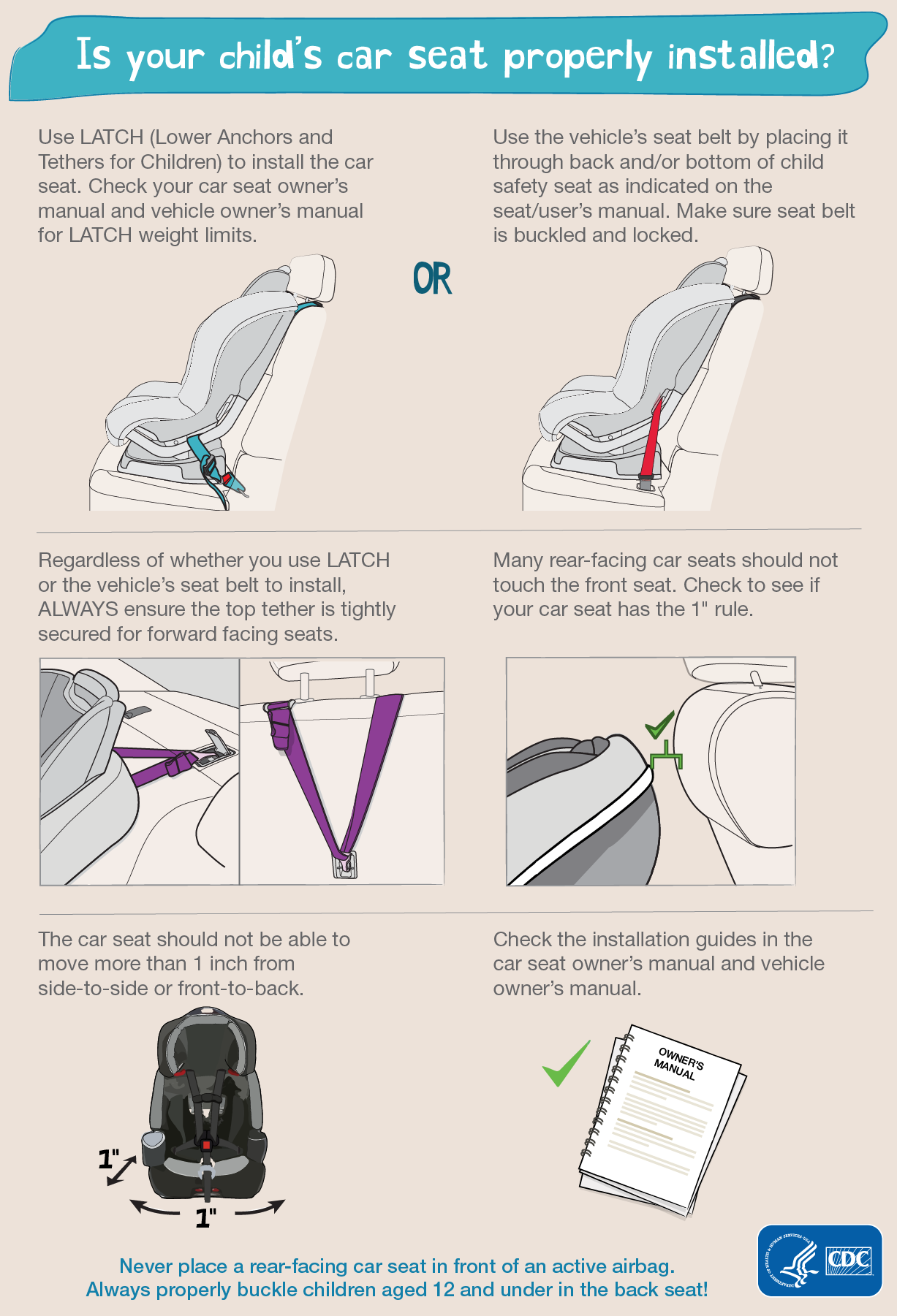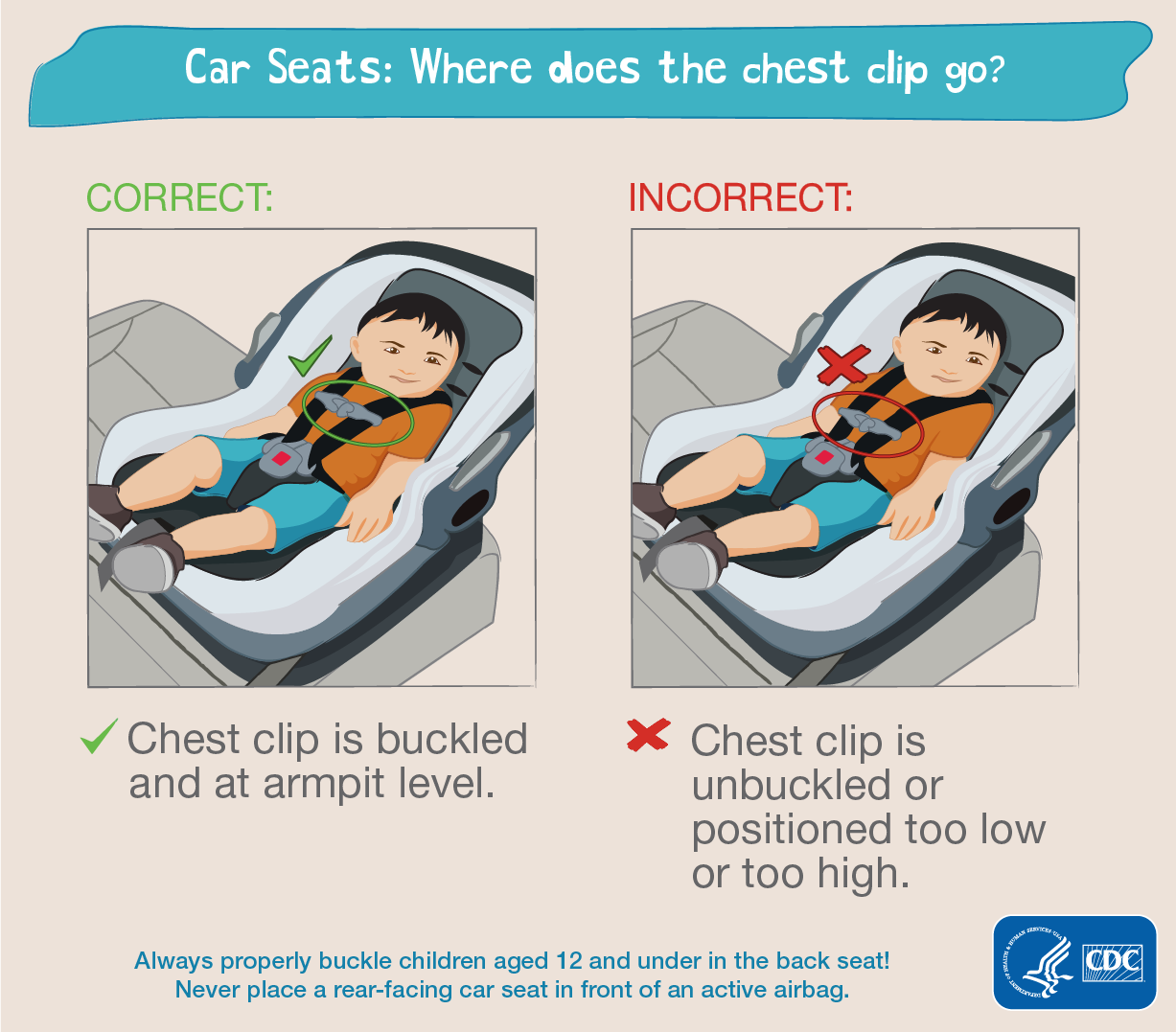Discover the importance of selecting safe swimwear for your child. From prioritizing quality...
Read MoreEffective Monday, January 5th, Inspira Health is now at Yellow Alert Status: Masks for staff, patients and visitors in all high-risk areas across our facilities are strongly recommended.

Expecting parents and caregivers have so many things on their minds when planning for a new baby. One of the most important things to prepare for should be car seat safety. Ensuring your child’s safety on the road depends on choosing the right car seat, installing it correctly and using it the right way. Let’s review some common mistakes that you can avoid while you’re on the road.


With so many options out there, selecting a car seat can be daunting. However, choosing the proper car seat is one of the most important ways to keep your child safe.
The American Academy of Pediatrics (AAP) recommends all newborns, infants and toddlers ride in a rear-facing car seat for as long as possible. “Rear-facing car seats protect by cradling the baby’s upper body, including their head, neck and spine,” said Haytham Hamwi, M.D., a Nemours pediatrician and pediatric hospitalist at Inspira Medical Center Mullica Hill. “This position helps reduce stress to their spinal cord in the event of a crash.” Infant-only rear-facing car seats can protect babies from birth until they reach about 35 pounds, depending on the model.
The National Traffic Highway Safety Administration’s (NTHSA) Car Seat Finder is a helpful resource that compares different car seat models, helping you find the best option for your baby.

“It’s easy to make simple mistakes while on-the-go and traveling with your little one. But your car seat can’t keep your baby safe without proper installation,” said Dr. Hamwi. “The car seat’s instruction manual and your vehicle’s owner manual will provide installation information specific to your car and car seat model.”
To install a rear-facing car seat for your newborn, you’ll have the option of securing the base with a seat belt or lower anchors. Regardless of how you decide to fasten it, install the car seat base in the back seat of your vehicle. Secure it as tightly as possible, ensuring it doesn’t move more than one inch side-to-side or front-to-back.
Install the car seat base at the correct recline angle. Newborns and infants must sit in a reclined position to avoid blocking their airways. As your baby gets bigger, the recline angle may need adjustment for proper positioning.
To ensure your baby’s safety, get your car seat inspected by a certified technician. “Scheduling an inspection helps guarantee you know how to install and use your car seat,” said Dr. Hamwi. “Many local police and fire stations serve as car seat inspection stations, and some locations offer virtual appointments.” The NTHSA can help you find an inspection location near you.
You can keep your baby safe in the car seat by doing the following:

Inspira offers services specially designed for children including pediatric emergency departments and inpatient pediatric suites in partnership with Nemours Children’s Health. Click to learn more.
Inspira Health is a high reliability organization (HRO), which means safety is the top priority for patients and staff. To make an appointment, call 1-800-INSPIRA.

Discover the importance of selecting safe swimwear for your child. From prioritizing quality...
Read More
This article provides a guide for caregivers on how to keep their children healthy during the school...
Read More
Best practices for baby safety are constantly changing, and keeping your baby out of harm’s way...
Read More